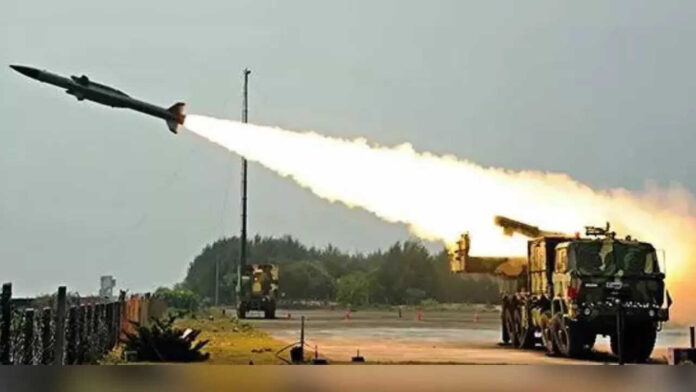In the wake of the high-intensity Operation Sindoor, which saw precision strikes against hostile targets across the border, India is reportedly reaching out to the United States for urgent defense supplies, signaling a rapid escalation in military readiness and strategic alignment between the two democracies.

Sources within India’s defense establishment confirmed that emergency arms procurement channels have been activated, focusing on advanced surveillance equipment, precision-guided munitions, anti-drone systems, and battlefield communication technologies. This move comes amidst heightened regional tensions and the possibility of retaliatory action from adversaries.
Operation Sindoor: A Tactical Success, Strategic Signal
Launched earlier this week, Operation Sindoor was described by defense officials as a “calibrated, preemptive strike” aimed at neutralizing key terror infrastructure along the border. The operation is believed to have involved:
-
Coordinated air and artillery attacks,
-
Special Forces deployment,
-
Real-time satellite surveillance, and
-
Minimal collateral damage, reflecting high operational precision.
The success of the operation has not only boosted morale within the Indian armed forces but also drawn global attention to India’s evolving military doctrine, which now emphasizes swift retaliation and surgical capabilities.
Why the US? Strategic Depth and Speed
India’s move to engage the United States post-strike highlights several key factors:
-
Interoperability: Many of India’s frontline platforms (like Apache helicopters, P-8I Poseidons, and M777 howitzers) are US-origin, making rapid resupply and upgrades from American defense manufacturers both logical and efficient.
-
Defense Logistics Exchange: India and the US have already signed foundational agreements like LEMOA (Logistics Exchange Memorandum of Agreement), enabling the two forces to share bases and resources during critical operations.
-
Trusted Technology Access: India seeks fast-tracked delivery of key systems that may include armed UAVs, long-range precision strike missiles, and secure battlefield comms gear, often subject to lengthy procurement timelines.
Washington’s Response: Quiet, Yet Positive
Though official statements from the US Department of Defense remain measured, diplomatic sources suggest that Washington is open to expedited support under existing strategic frameworks like the Major Defense Partner status accorded to India.
Pentagon insiders indicate that emergency arms transfers, joint threat assessments, and deeper intelligence sharing are being discussed at the highest levels.
Geopolitical Implications
India’s outreach to the US also sends a message to both friends and foes in the region:
-
To adversaries: India is prepared for prolonged engagement, backed by global partners.
-
To allies: India remains committed to securing the Indo-Pacific and defending democratic values through robust partnerships.
China and Pakistan are likely to interpret this move as a consolidation of Indo-US defense ties, potentially recalibrating their own military strategies in the region.
As the dust settles after Operation Sindoor, India is wasting no time in reinforcing its military edge. Turning to the US for urgent arms support not only bolsters operational readiness but also strengthens the long-term defense partnership between the world’s two largest democracies.
The coming weeks may see rapid military and diplomatic developments as India prepares for the next phase of strategic maneuvering in an increasingly volatile neighborhood.




